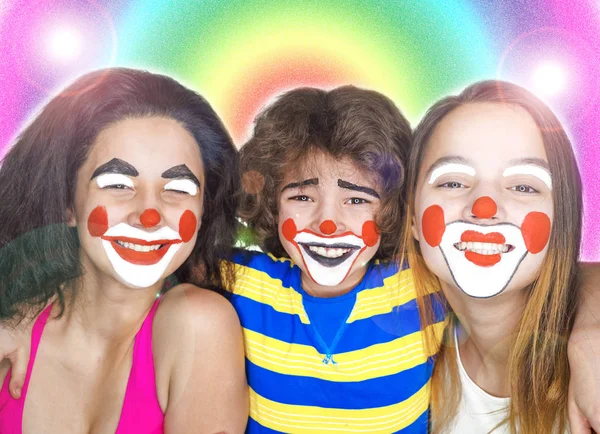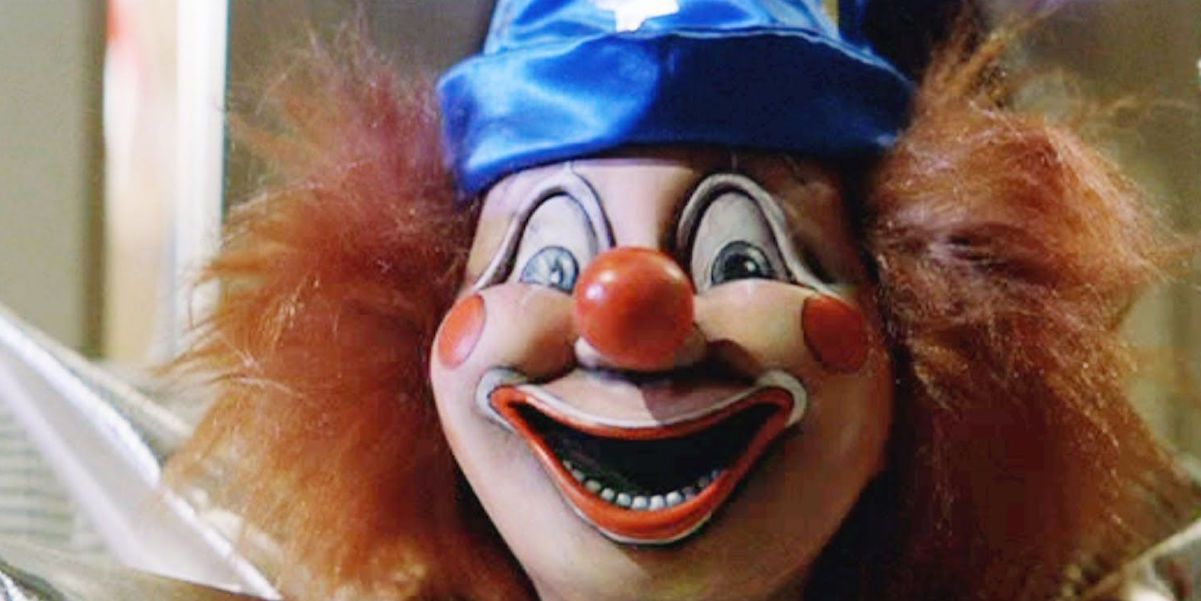All Occasion Performers Fundamentals Explained
All Occasion Performers Fundamentals Explained
Blog Article
All Occasion Performers - The Facts
Table of ContentsThe Definitive Guide for All Occasion PerformersGetting The All Occasion Performers To WorkAn Unbiased View of All Occasion PerformersIndicators on All Occasion Performers You Need To KnowAll Occasion Performers for Dummies
Political comic artist Thomas Nast based his illustrations of Uncle Sam on Rice and his costume. Dan Rice was an accomplished pet fitness instructor. He concentrated on pigs and burros, which he trained and sold to other clowns. He additionally presented a show a skilled rhinoceros and is the only individual in circus history to present a tightrope strolling elephant.He was additionally a benefactor who gave generously to many charities and he erected the first monolith to soldiers eliminated during the Civil War - Corporate events Dallas TX. Beginnings of the Auguste characterThere is an extensively informed legend about the origins of the Auguste clown. According to the legend, an American acrobat named Tom Belling was carrying out with a circus in Germany in 1869
Belling took off running, finishing up in the circus arena where he dropped over the ringcurb. In his shame and rush to escape, he dropped over the ringcurb once more on his means out. The supervisor regulated that Belling continue showing up as the Auguste.
The Basic Principles Of All Occasion Performers
For one point, words Auguste did not exist in the German language till after the personality ended up being popular. Among the concepts of the actual beginning is that Belling copied the character from the R'izhii (Red Haired) clowns he saw when he toured Russia with a circus (https://www.imdb.com/user/ur183167981/?ref_=nv_usr_prof_2). Personalities like the auguste definitely existed formerly

The dance later became recognized as tap dance. It must be noted that there are alternate 'beginnings' for the tramp personality"one of which was the taking a trip "hoe young boys," or itinerant farm employees, that rode the rails from one community to an additional, wiping the soot away from their eyes & mouth.
The 6-Second Trick For All Occasion Performers
Keep in mind that the fright wig, overstated lips and eyes, extra-large clothing and props of the American clown, props such a sparkling water, stuffed clubs, taking off stogies, and whistles full of residue, are not Grimaldi's. They come from Tambo and Bones. The English blackface comedian Charles Mathews came to America in 1822 to perform and studied black life and custom-mades.
No person knows where the mummers' plays and Morris dances came from. In such plays there is a combination of characters including "kings" and "saints", cross-dressing, and blackface duties; the faces of Morris (or "Moorish") dancers were likewise smudged. The mummer's plays were not for enjoyable. The majority of were carried out by paupers in the starving time after Xmas.
The Derby Play of the Tup was done for food and beer by jobless youths. One such protest has actually gotten in American history as the Boston Tea Party.
Not known Incorrect Statements About All Occasion Performers

While not the lush affairs we consider today, some early, rougher kinds of traveling circus were preferred in America from Revolutionary times-- George Washington was a fan. Blackface clowns done in them from at least the 1810s and possibly prior to; they were a staple by the 1820s. The broad red or white mouth painted on by modern-day clowns is a remnant of the blackface mask.
In many aspects minstrelsy was born when these performers relocated their acts from the outdoor tents to the stage of American selection theaters. Definitely there was a solid component of clowning in minstrelsy. The blackface mask was a clown's camouflage, exaggerating the face functions right into an animation, a caricature. The blackface clown might be the precursor these days's anodyne circus clown, yet or else both are as contrary as blackface and whiteface.
Unknown Facts About All Occasion Performers
That in nineteenth-century America was even more of a Besides the ? What better mask than blackface? In lots of customs the clown would certainly reveal some physical deformity, like a hunchback, dwarfism-- or like Jim Crow, lameness - Jugglers near me. And since he was various, an Others, the clown was allowed to say and do things no person else could.
Witticism and apology were central to minstrelsy. It's intriguing that in the West African cultures from which most slaves came, the poet-singer griot served the same satirical jester feature when the event developed. That might have something to do with the interested (to us, looking back) convenience with which Southern Blacks approved not just the songs but also the demeaning humor of minstrelsy.

Emmett Kelly was the best understood vagrant clown with his character "Weary find this Willie."Tramp clowns are experienced: + jugglers + magicians + pianists + chalk talk musician + cyclists.
Report this page